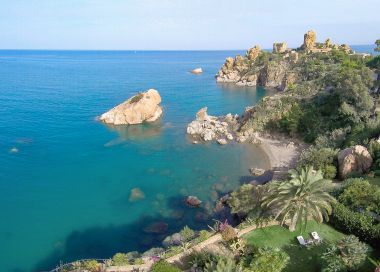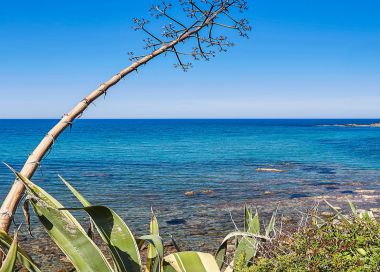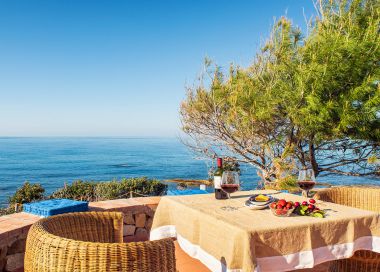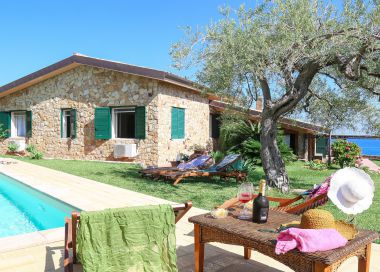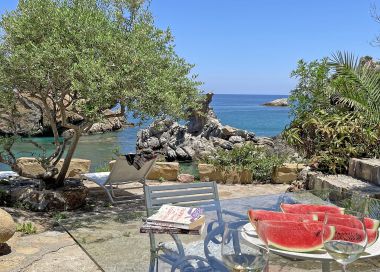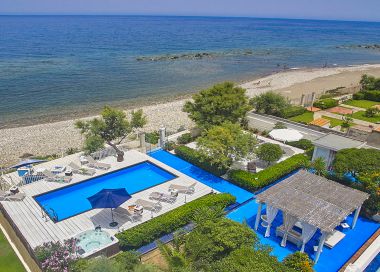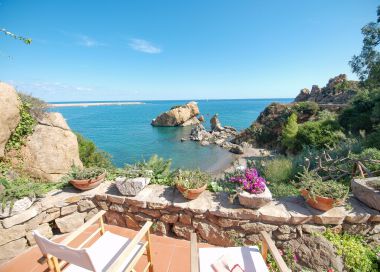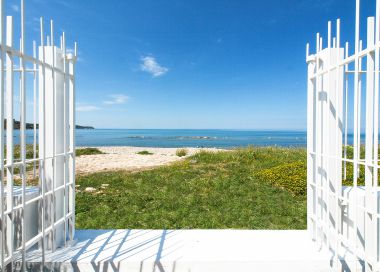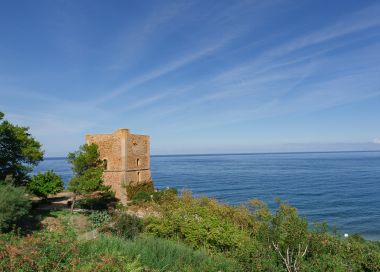

Cefalù between myths and legends
20 August 2021 - Categorie: Sea, beaches, coasts and islands, Cultural tourism, The places of the heart Tags:
Cefalù is one of the most fascinating and popular seaside villages in Sicily, positioned in one of the strategic locations, thanks to the closeness to the sea, but at the same time, close to the Madonie Nature Park, of which it is part. The combination of sea and mountain creates a unique and inimitable setting that makes the location particularly popular for family holidays, groups of friends or for a romantic getaway.
Symbol of the town, in addition to the colourful port buzzing with activity, is the Cathedral of Cefalù, which towers above the narrow medieval streets: the construction is cloaked in legends and mysteries but to discover them it is necessary to start from the origins of Cefalù.
The first traces of civilisation in the area of Cefalù date to the prehistoric age, and then intensified progressively between Greeks, Syracusans and Romans: the first tangible traces of town planning are from the byzantine and Arab age with the creation of battlements, fortresses and water cisterns.
The turning point for Cefalù will occur with the arrival of the Normans, who will conquer the area with Ruggero I. Of great importance for the town will be Ruggero II who, in addition to creating the Kingdom of Sicily, began the construction of the current Cathedral. Legend has it that the basilica had to be a tribute to the Holy Saviour for having saved Ruggero II from a tragedy at sea, but subsequently great doubts arose on the matter, due to the structure which had a more military than spiritual inspiration.
The most likely explanation actually comes from the continuous architectural changes which have been made to the structure itself, given that during the life of the king only the construction of the cloister was completed: terminated more than a century after its conception, the majestic project of the Cathedral has undergone many changes and revisions, strongly influenced by later rulers. In its complexity and varieties of styles, the Cathedral is now the true symbol of the passage of different cultures through Cefalù, protecting the town with its almost gothic inspiration as it soars upwards.
The legends that cloak Cefalù not only deal with the construction of the Cathedral, but also the Rocca of Cefalù that dates directly to Greek mythology: according to the myth, Daphnis (son of the Goddess Daphne and of the God Hermes) following a love affair decided to throw himself into the sea precisely from the promontory currently known as Rocca. According to an alternative myth, the Rocca is none other than Daphnis himself, transformed into the promontory by Zeus in an attempt to save him.
Recommended villas
The Rocca and the Cathedral dominate the landscape of Cefalù, making it unique and second-to-none, places which tower above the panorama of the town at the foot of the Madonie, embellishing the view between sea and mountain of history and legend. The view of the Gulf of Cefalù or of the town protected by the Cathedral are two characteristics typical of our villas in the area of Cefalù, which, in addition to enjoying the comforts and great facilities, have the characteristic of being able to offer an experience of travel between sea and mountain, nature and culture.





